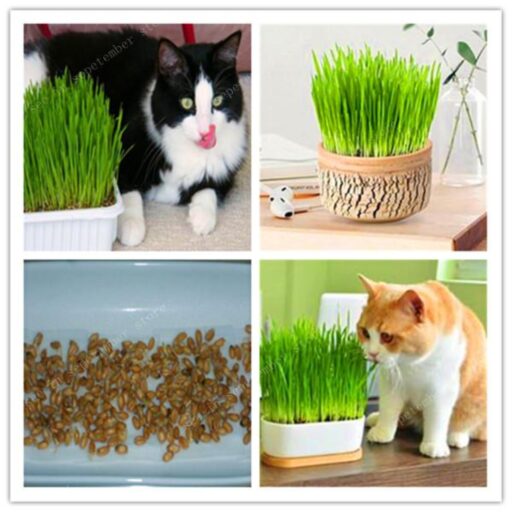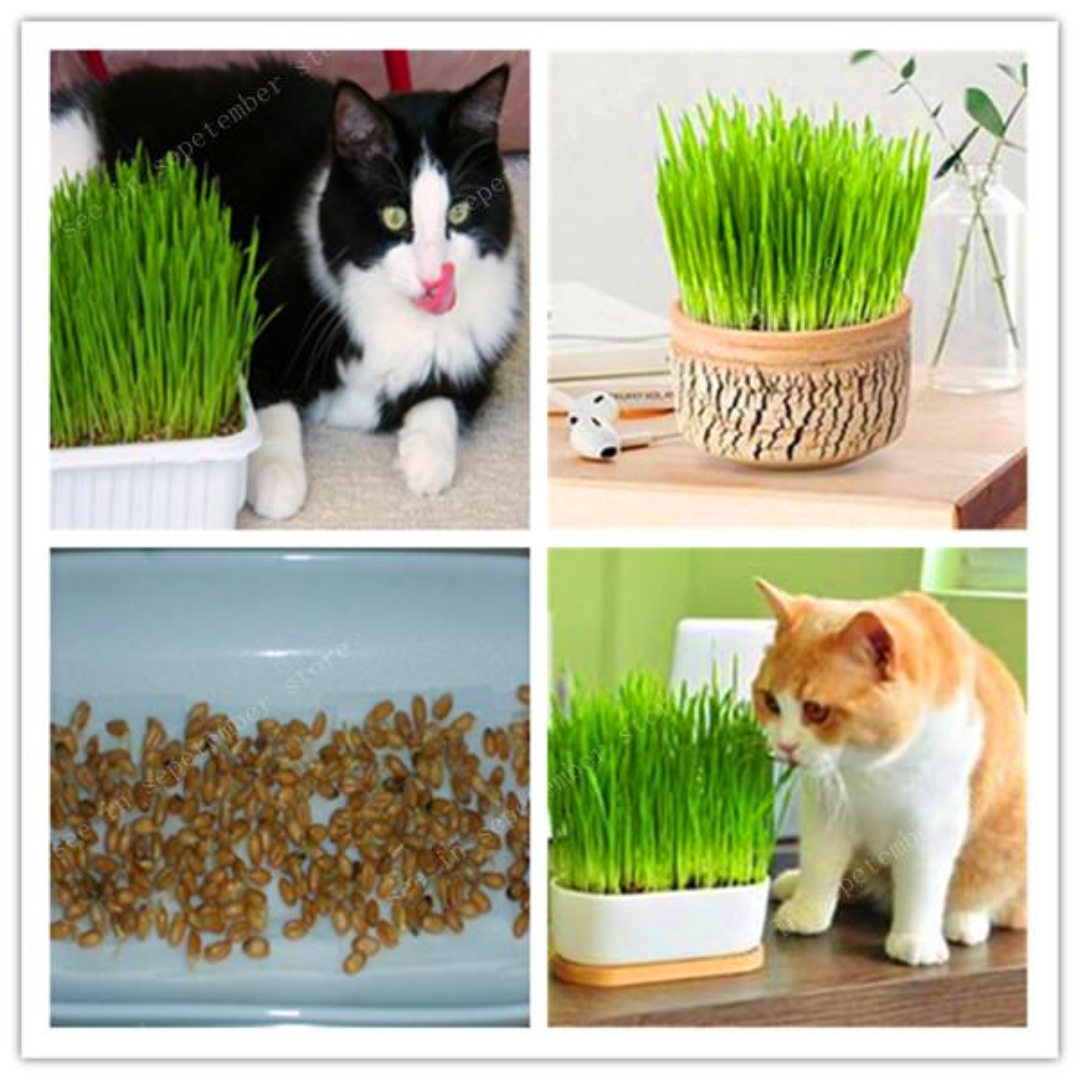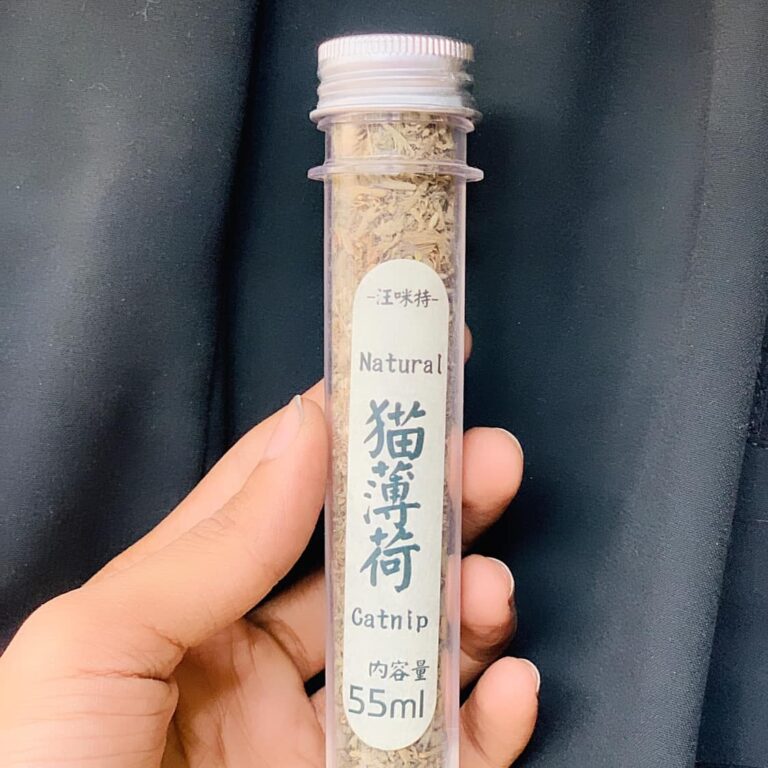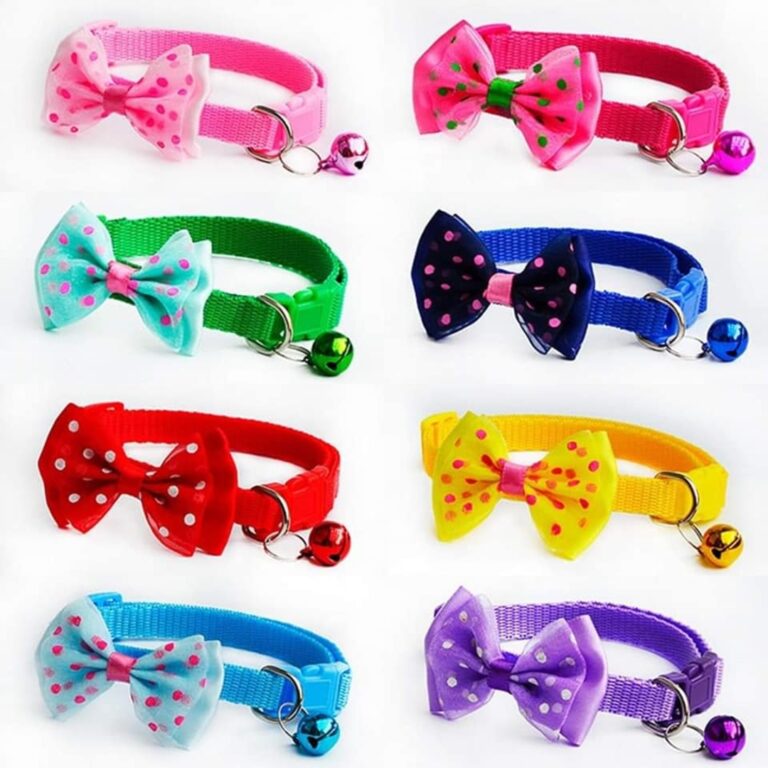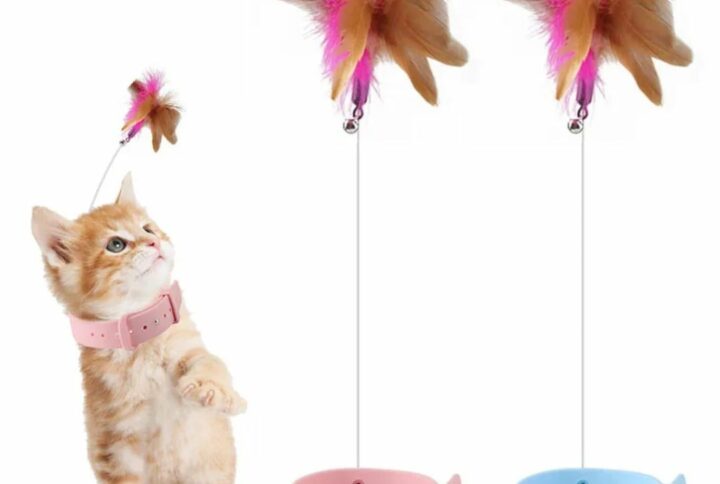Cat Grass Seeds (2000 psc)
Cat grass seeds provide natural hairball control, are packed with essential vitamins and minerals, aid in digestion, and offer a safe alternative to outdoor grasses that may be chemically treated.
Out of stock
-
Inside Dhaka 70 tk, Outside Dhaka 150 tk
-
3 - 5 Days. Our Return & Refund Policy
Cat grass seeds are a blend of various types of grass seeds, including wheat (wheatgrass), barley (barleygrass), oats (oatgrass), and rye (ryegrass). These organic and non-GMO seeds ensure a safe and healthy pet option. The specific blends mentioned across the sources include:
- A mix of hard red wheat, barley, oats, and rye, certified organic by OTCO.
- A proprietary blend of organic wheat, oats, rye, and barley.
- Equal parts barley (Hordeum vulgare), oat (Avena sativa), rye (Secale cereal), and wheat (Triticum aestivum), certified organic.
- A perfect blend of vitamin-rich grasses, equal parts rye, oats, barley, and wheat, organically grown.
Benefits
Cat grass provides several health benefits for pets, including:
- Acting as a natural hairball control remedy by promoting digestive health.
- It is a nutrient-rich superfood packed with essential vitamins (A, B, C, E, and K) and vital minerals like calcium, iron, lecithin, magnesium, and pantothenic acid.
- Supporting overall well-being by providing pets with a piece of the outside world, especially for indoor cats.
- Aiding in digestion and helping cats regurgitate hairballs, thus keeping their bowels in good condition.
- Offering a source of entertainment and education, such as growing cat grass, can be a fun and educational activity.
Feeding Suggestions
While specific “Feeding Suggestions” are not provided, the general advice for introducing cat grass to pets includes:
- Growing the grass seeds in a pot and allowing them to reach a few inches tall before offering them to pets.
- Place the grown grass pot beside the pet’s food or water bowl to encourage them to try it.
- Observing the pet’s reaction to the grass, as not all cats may show immediate interest.
Cat grass seeds offer a blend of nutritious grasses that can benefit pets in various ways, from aiding digestion to providing a fun activity. However, the search results do not provide detailed feeding suggestions and guaranteed analyses typical of pet food products.

